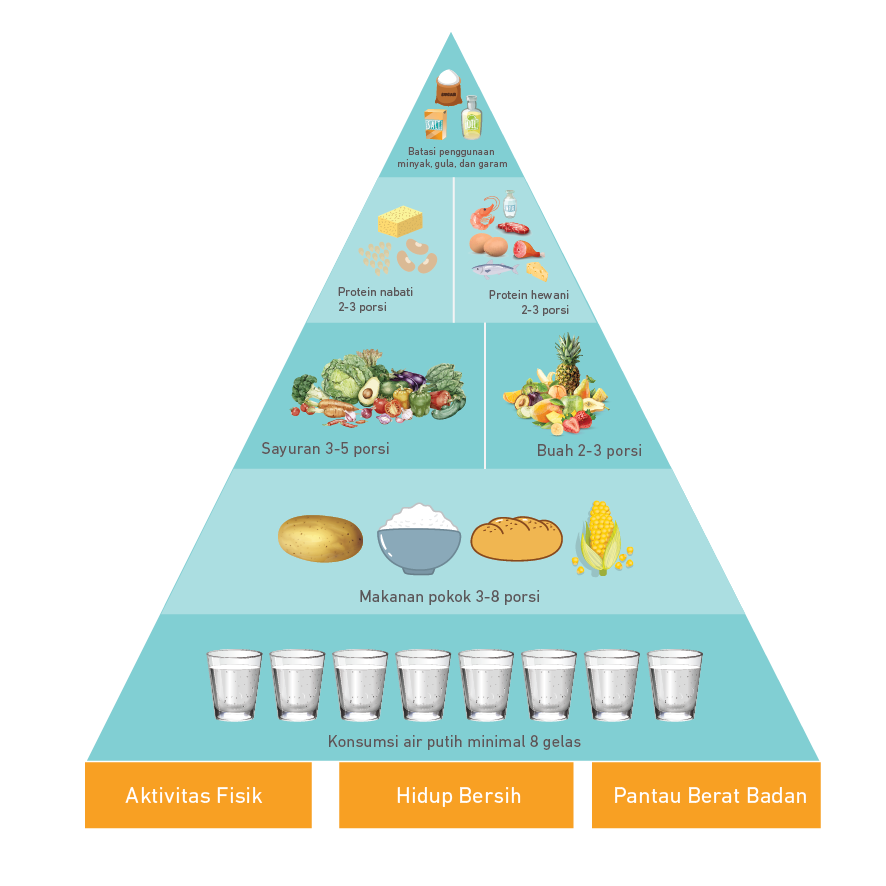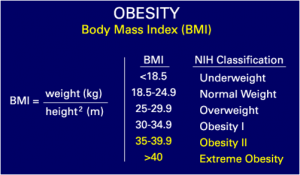
Optimal Nutrition in the Millennial Generation
Millennials are young people who were born in the modern era where advanced technologies were introduced to the public. Advances in information technology have made millennials familiar with things that are fast and practical, including food.
The facts show that the majority of millennials eat more often in restaurants, consume snacks and packaged drinks with a fairly frequent frequency. Like to explore, especially to try unique menus, not even a few who follow several diet trends.
Speaking of diets, in the past few decades, the term diet is more popularly used to describe a way or method that limits food portions and chooses certain food sources with several purposes, especially to lose weight. Meanwhile, according to the Big Indonesian Dictionary (KBBI)
Speaking of diets, in the past few decades, the term diet is more popularly used to describe a way or method that limits food portions and chooses certain food sources with several purposes, especially to lose weight. Meanwhile, according to the Big Indonesian Dictionary (KBBI)
There are several types of diets, namely the Vegetarian Diet, Mayo Diet, Intermittent Fasting Diet, Ketogenic Diet, Low Carb Diet, and Vegetable & Fruit Detox. So which diet is the most effective?
The best diet is a diet that is tailored to the individual's health condition and can be carried out over a long period of time or even for life. The key to a successful diet is consistency.
A healthier quality of life can also be achieved by applying a balanced nutrition pattern. Balanced nutrition is a daily food arrangement that contains nutrients in the types and amounts that are suitable for the body's needs.
How to achieve optimal nutrition in millennials?
There are four pillars of balanced nutrition that can be applied in everyday life, namely consuming a diverse diet, an active lifestyle and exercising, implementing a clean and healthy lifestyle, and maintaining an ideal body weight.
1. Pay Attention to Food Diversity
There is no single type of food that has complete nutrient content. For this reason, pay attention to food diversity including meal schedules, the type and amount of intake must be in accordance with needs. Also consider activity and age.
2. Implementation of Clean Living Behavior
Implementation of clean living behaviors is important to prevent infections. Nutritional status and infection are interrelated. If nutritional status is poor, it will lead to decreased immunity and infection. On the other hand, if an infection has already occurred, it will cause a decrease in appetite, increased metabolism, which causes an increase in calorie needs, and diarrhea will cause weight loss.
Nutritional status is a balance between intake and needs. We can calculate nutritional status by calculating Body Mass Index (BMI): BMI = weight (Kg) / height*2 (m).

3. Physical Activity/Sports
Physical activity or exercise is done to balance the intake and use of nutrients. Regular exercise can be done for a minimum duration of 30 minutes, with a frequency of at least 3 times per week. The types of exercise that can be done are walking, bicycling, swimming, jogging, gymnastics, etc.
4. Ideal Weight Monitoring
Monitoring is done to determine whether there is a balance of nutrient intake and utilization in the body.
The Balanced Nutrition Guidelines continue to evolve. In 1970, we knew the 4 (four) healthy, 5 (five) perfect menu consisting of staple foods, side dishes, vegetables, fruits, and milk. Then it was updated in 2014 to become a balanced nutrition tumpeng. The Balanced Nutrition Tumpeng is composed of layers of groups sequentially from bottom to top, where the layer of groups getting to the top is getting smaller which means the number of portions that are good to consume as recommended.
The balanced nutrition plate includes 8 glasses of water per day, carbohydrates 3-8 servings a day, vegetables 3-5 servings a day, fruits 2-3 servings a day, vegetable protein 2-3 servings a day, animal protein 2-3 servings a day, oil and salt in moderation.
Not only does it contain information on what is good to consume, the Balanced Nutrition Tumpeng also encourages us to live a clean life by always washing our hands with running water before eating, doing regular physical activity, and monitoring our weight.
There are two impacts that will arise in unbalanced nutrition patterns, namely Underweight dan Obesity. Underweight Being underweight can lead to diseases and infections, including anemia. Anemia can affect the quality of work of the millennial generation, if left unchecked. How does this happen?
Clinical symptoms of anemia will appear if the Hb (hemoglobin) level is below 9. Hemoglobin itself is an iron-containing protein in red blood cells that functions as a carrier of oxygen from the lungs to the rest of the body. If deficient, the impact becomes tired, tired, and decreased memory and difficulty concentrating.
Obesity or being overweight can also lead to various diseases such as, cancer, diabetes, heart attack, high cholesterol, bone problems, respiratory problems, etc. Therefore, keep an eye on your daily calorie intake, and make sure that it meets your needs.



